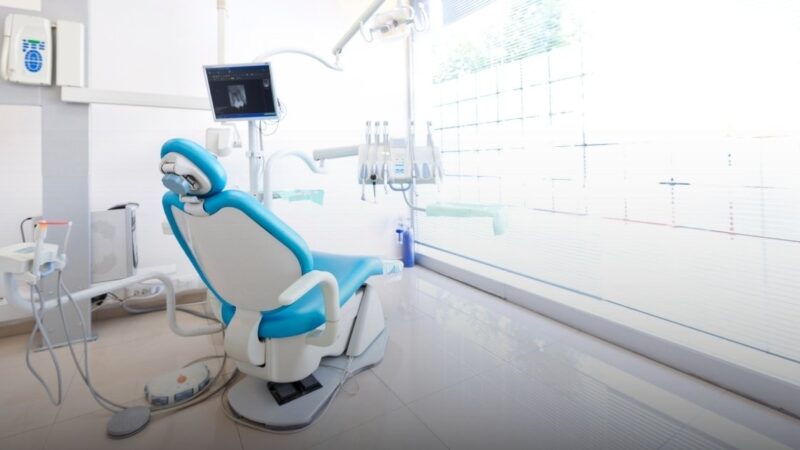Reducing Risk In High Street Stores With Better Retail Design

Risk aversion within retail spaces has always been a key focus for businesses. For storefronts, especially high street concepts that welcome a significant number of customers each day, there are numerous and consistent elements of risk that need to be considered and, ideally, eliminated to ensure ongoing operations.
While there are a number of elements that occupy a retail concept’s risk assessment, one of the most pressing, and typically the largest too, is retail design. Store shelving, furniture, and displays each make up an environment that is explored and, often, interacted with throughout the day. As such, it is these assets and their arrangement that most often pose a potential risk to customers and staff alike.
While scrutiny and regular checks will reduce risk within a shop space, there are certain key design choices that will ultimately reduce a significant portion of risk. These can benefit a range of retailers across the high street and, as retailers also navigate a post-COVID high street culture, they are more essential than ever.
Visibility
There are two key reasons why store design should be supportive of unimpeded visibility: navigation and security.
Navigation is an asset essential to customer satisfaction and even spend. If signs are not clear, unobscured, and well-mounted upon stand offs, then effort will be required to browse your store. Customers who cannot find where to go will become frustrated and, ultimately, deterred from spending time browsing.
Secondly, good visibility is an asset to staff members who are able to better oversee the shop floor. This reduces the risk of theft and, in the incident of an accident or injury, it enables a more efficient and safe response.
Storage
One of the most common causes of injury within stores is tripping. Hazards that cause falls affect both staff and customers alike, often being caused by items being left in walkways or by objects that are out of place. To reduce and eliminate this risk, efficient storage space is encouraged.
While staff should be trained to remove objects from doorways and walkways, it is the accessibility of abundance and easily-accessed storage that best support organisation within a store and, as a result, reduce liability.
Floors
On the topic of trips, a number of falls are also caused by floors, whether due to lack of grip and customer might have or due to weather conditions. Without preventative methods in place, certain floors not only offer little traction to customers but can be dangerously exacerbated by liquids, such as rain that is brought in by customer shoes and clothing.
Stores can prevent such issues from occurring by laying more choice floors, those which support grip, such as mats, carpets, and floor coverings.
Quality
The manufacturing quality of certain shop design assets and furniture can be low. This, coupled with the inevitable wear and tear that shops experience, can lead to a number of frayed edges and chipped tiles. While checks should be a regular part of risk assessments, shops can reduce overall risk by ensuring they purchase high-quality retail furniture and shop shelving products, those that are less likely to be damaged and cause injury.







